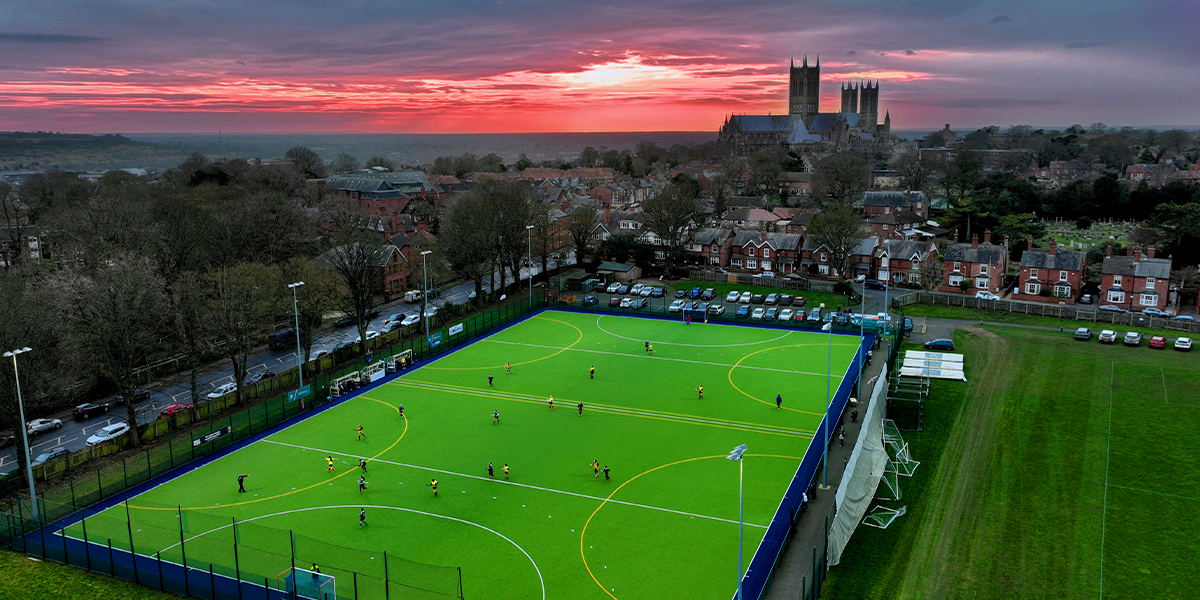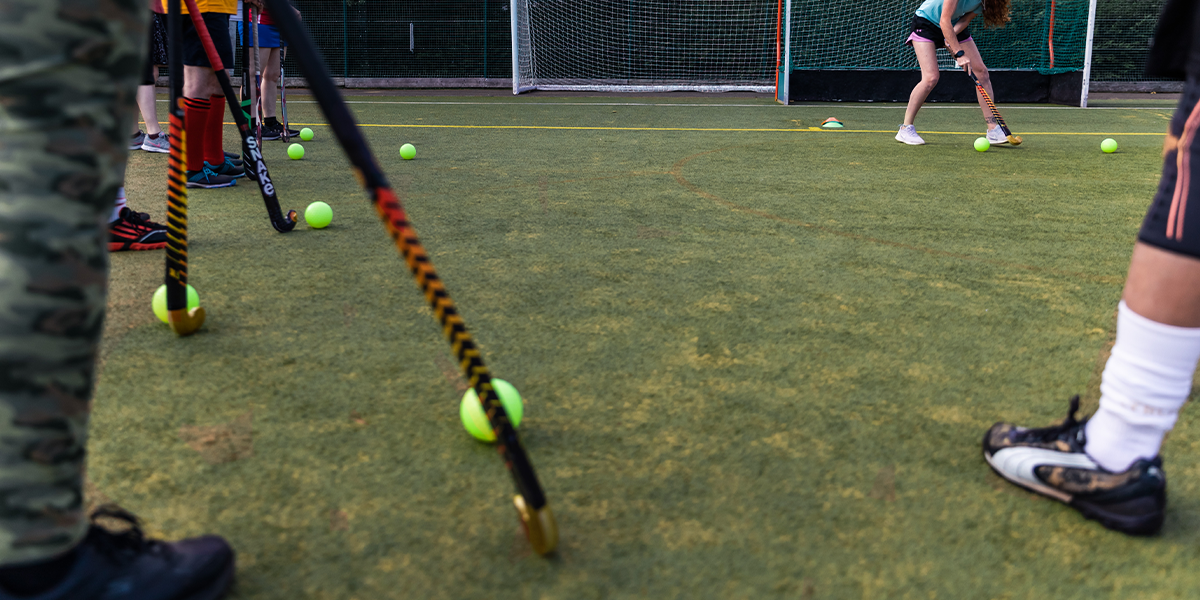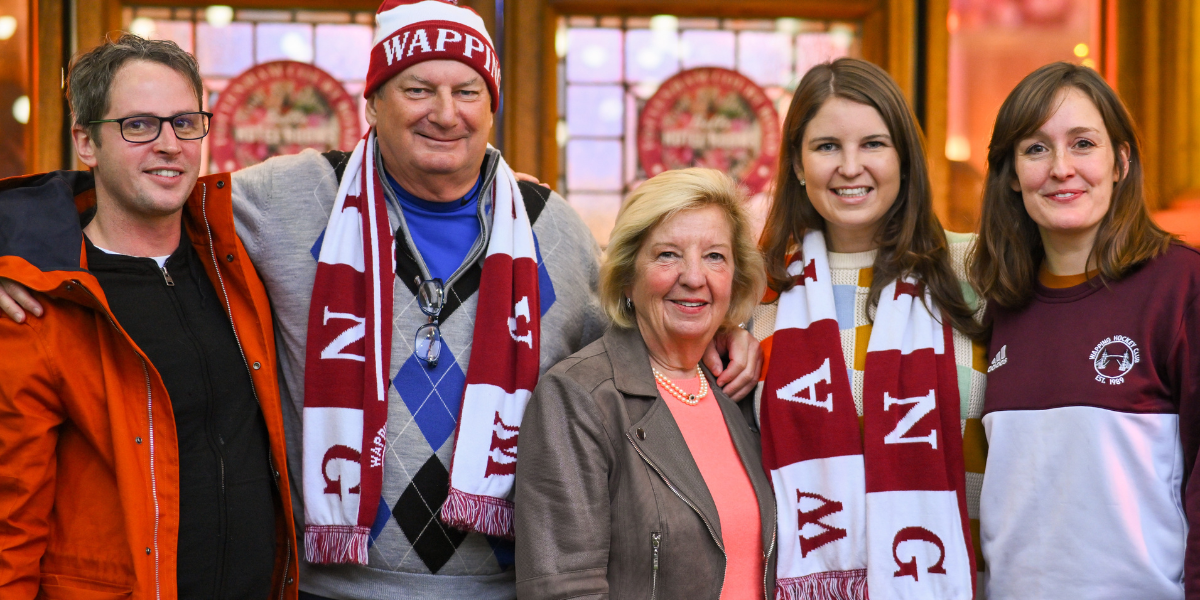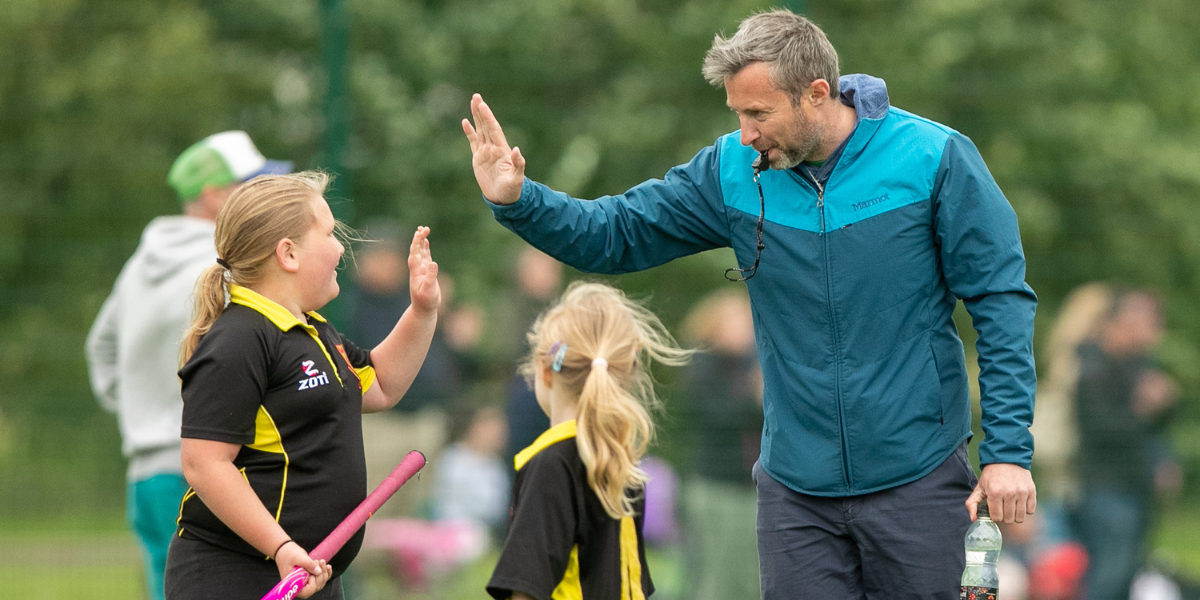
What Makes A Great Club
Running through the heart of every great club are seven strands… They support your club to be the best it can be, help you provide the best experience to all involved and in the right combination will help your club become sustainable and succeed.
Sharing our love of hockey is fundamental in bringing the hockey community together. To encourage more people to participate and to stop us from losing people from the sport; we need to collectively work together to make hockey more visible, relevant, and accessible to all.
Clubs are at the heart of this mission and are central to providing opportunities for players across all backgrounds and levels of play, supporting volunteers who are essential to helping hockey thrive or welcoming anyone wanting to join our growing 'Hockey family’.
We recognise that every club has its own unique set of circumstances, short term priorities and plans and ambitions for longer term development. There is no perfect approach and many ways for clubs to be successful.
So, whether you have aspirations to grow, retain or diversify your membership, develop the people who are pivotal to the running of your club, invest in developing your facilities, looking at future financial sustainability or something entirely different, we are here to support your club develop and succeed.
What Makes a Great Club introduces you to the seven strands we believe are at the heart of every great club. Click on the links below to find out more about each strand, challenge your existing thinking and utilise the support and resources available to help you successfully embed that strand within your club. For a concise overview, refer to our What Makes A Great Club Summary Guide.
Want to find out more? You can contact us at clubs@englandhockey.co.uk or please talk to your Club Development Manager.








